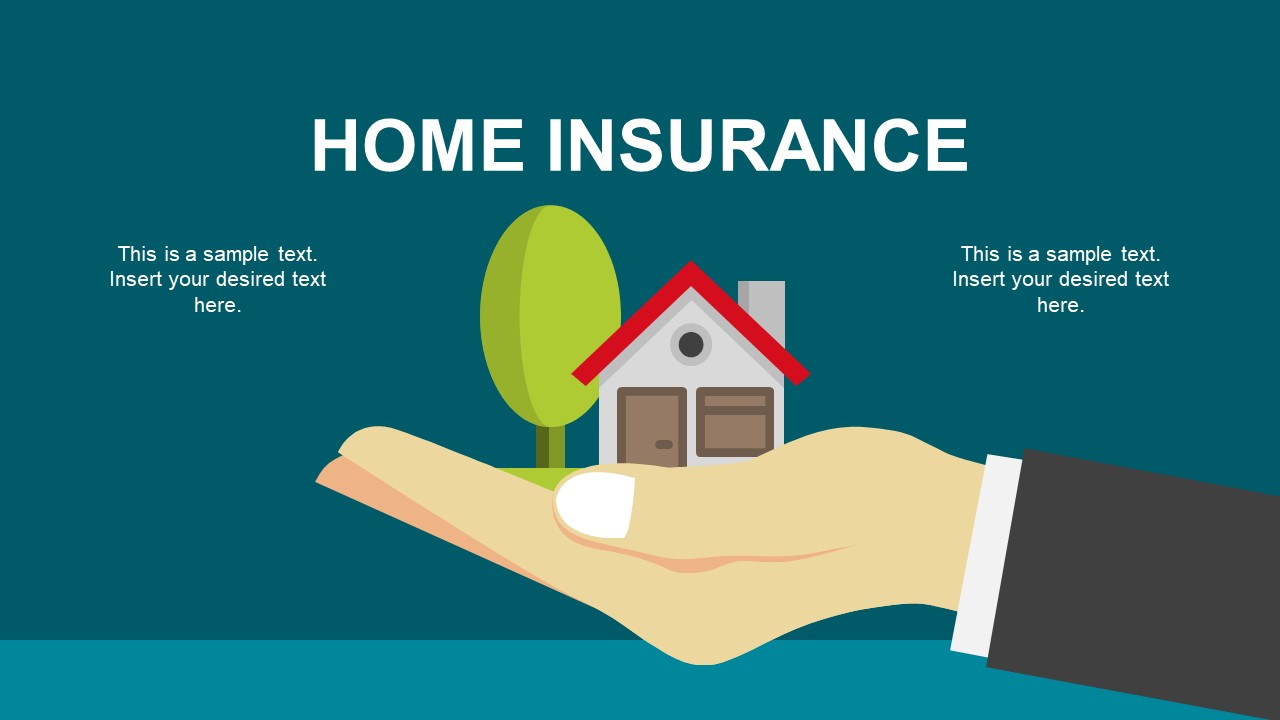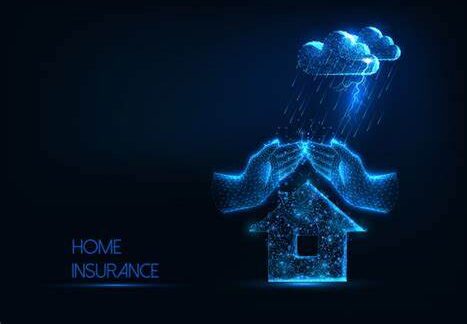The Future of Home Insurance: Trends and Innovations
In an ever-evolving world, where technology is continually reshaping various aspects of our lives, the realm of home insurance is no exception. Home insurance has come a long way from its traditional roots, with numerous trends and innovations driving the industry forward. In this article, we will explore the future of home insurance, delving into the latest developments and how they are poised to revolutionize the way we protect our homes and assets.
The world of home insurance is undergoing a transformation like never before. In this digital age, traditional insurance practices are giving way to more innovative approaches that rely heavily on data, technology, and customer-centric policies. This article explores the latest trends and innovations shaping the future of home insurance and how they impact homeowners, insurance companies, and the broader market.
Digital Transformation in Home Insurance
Leveraging Data Analytics
Data analytics has become a cornerstone of the home insurance industry. Insurance companies are using vast amounts of data to assess risk, price policies more accurately, and identify potential fraud. By analyzing historical data and utilizing predictive modeling, insurers can make better-informed decisions about underwriting and claims management.
AI and Chatbots for Customer Service
Artificial intelligence (AI) and chatbots are being employed to enhance customer service in the insurance industry. Customers can now get quick answers to their queries and manage their policies efficiently through chatbots. AI algorithms also aid in processing claims faster and more accurately.
Blockchain for Enhanced Security
Blockchain technology is being utilized to enhance the security and transparency of insurance transactions. It can help prevent fraud, reduce administrative costs, and streamline the claims process. Smart contracts on the blockchain can automatically trigger claims payments, further improving efficiency.
Personalized Premiums and Coverage
Telematics and IoT Devices
The integration of telematics and Internet of Things (IoT) devices in home insurance is allowing for personalized premium pricing. These devices can monitor driving behavior, home security, and even health. Insurers can offer discounts to policyholders who demonstrate safe practices or maintain a secure home.
Usage-Based Insurance Policies
Usage-based insurance policies are gaining popularity. These policies evaluate risk based on actual usage, rather than traditional demographic factors. This trend aligns with the growing demand for fair and individualized insurance pricing.
Parametric Insurance
Parametric insurance is a groundbreaking innovation that pays out based on predefined parameters such as weather data. This allows for faster claims processing in situations like natural disasters, where traditional assessment may be delayed.
Climate Change and Home Insurance
Increasing Frequency and Severity of Natural Disasters
The increasing frequency and severity of natural disasters have made climate change a focal point in the home insurance industry. Insurers are investing in risk assessment models and disaster preparedness to better protect their policyholders.
Risk Assessment and Mitigation Strategies
Insurers are developing more robust risk assessment tools to evaluate the potential impact of climate change on homes. Additionally, they are actively involved in risk mitigation efforts, offering discounts for homeowners who implement eco-friendly measures.
Green Home Discounts
As environmental consciousness grows, some insurers offer discounts to homeowners who adopt sustainable practices, such as installing solar panels or using energy-efficient appliances. This not only benefits the environment but also reduces long-term insurance risks.
On-Demand Insurance
Micro-Insurance Policies
Micro-insurance policies are designed for short-term, specific needs. This innovation allows homeowners to purchase insurance for a short duration or specific event, such as a home rental, providing flexibility and cost-effectiveness.
Peer-to-Peer Insurance
Peer-to-peer insurance platforms enable individuals to create insurance pools among themselves. This approach leverages the collective power of the community, making insurance more accessible and affordable.
The Role of Big Data
Predictive Analytics for Risk Assessment
Predictive analytics is becoming increasingly vital in home insurance. Insurers can now predict potential risks with higher accuracy, allowing for better-prepared underwriting and more effective risk management.
Behavior-Based Underwriting
Behavior-based underwriting takes into account the insured’s behavior and lifestyle to assess risk. This approach personalizes insurance pricing and encourages safer habits.
Enhanced Fraud Detection
Big data and advanced analytics are enhancing fraud detection capabilities. Insurers can quickly identify suspicious claims and reduce fraudulent payouts.
Challenges and Concerns

Data Privacy and Security Issues
As insurance companies collect more data, concerns about data privacy and security have become prominent. Striking a balance between data utilization and protecting customers’ sensitive information is a challenge.
Equity and Accessibility Concerns
While innovation is driving the industry forward, concerns about equity and accessibility remain. Some individuals may be left behind due to lack of access to technology or knowledge about new insurance products.
Regulatory Challenges
Regulatory bodies are also adapting to the changing landscape of home insurance. Balancing innovation with consumer protection and fair business practices is an ongoing challenge.
Conclusion
The future of home insurance is evolving at an unprecedented pace, with technological innovations and data-driven strategies redefining the industry. These changes bring both opportunities and challenges, ultimately aiming to provide homeowners with more personalized, efficient, and fair insurance options.
FAQs :
- What are some examples of IoT devices used in home insurance?
IoT devices commonly used in home insurance include smart thermostats, security cameras, and water leak detectors.
- How can blockchain technology improve the transparency of insurance transactions?
Blockchain ensures transparency by recording every transaction on a public ledger, making it nearly impossible to alter or manipulate records.
- What is the significance of parametric insurance in the face of natural disasters?
Parametric insurance pays out based on predefined parameters, enabling faster claims processing and financial assistance in disaster-stricken areas.
- How do behavior-based underwriting policies affect insurance premiums?
Behavior-based underwriting can lead to personalized premiums based on an individual’s lifestyle and habits, potentially resulting in lower insurance costs.
- What are some regulatory challenges facing the evolving home insurance industry?
Regulatory challenges include adapting to new insurance models, ensuring consumer protection, and maintaining fair practices while encouraging innovation.






